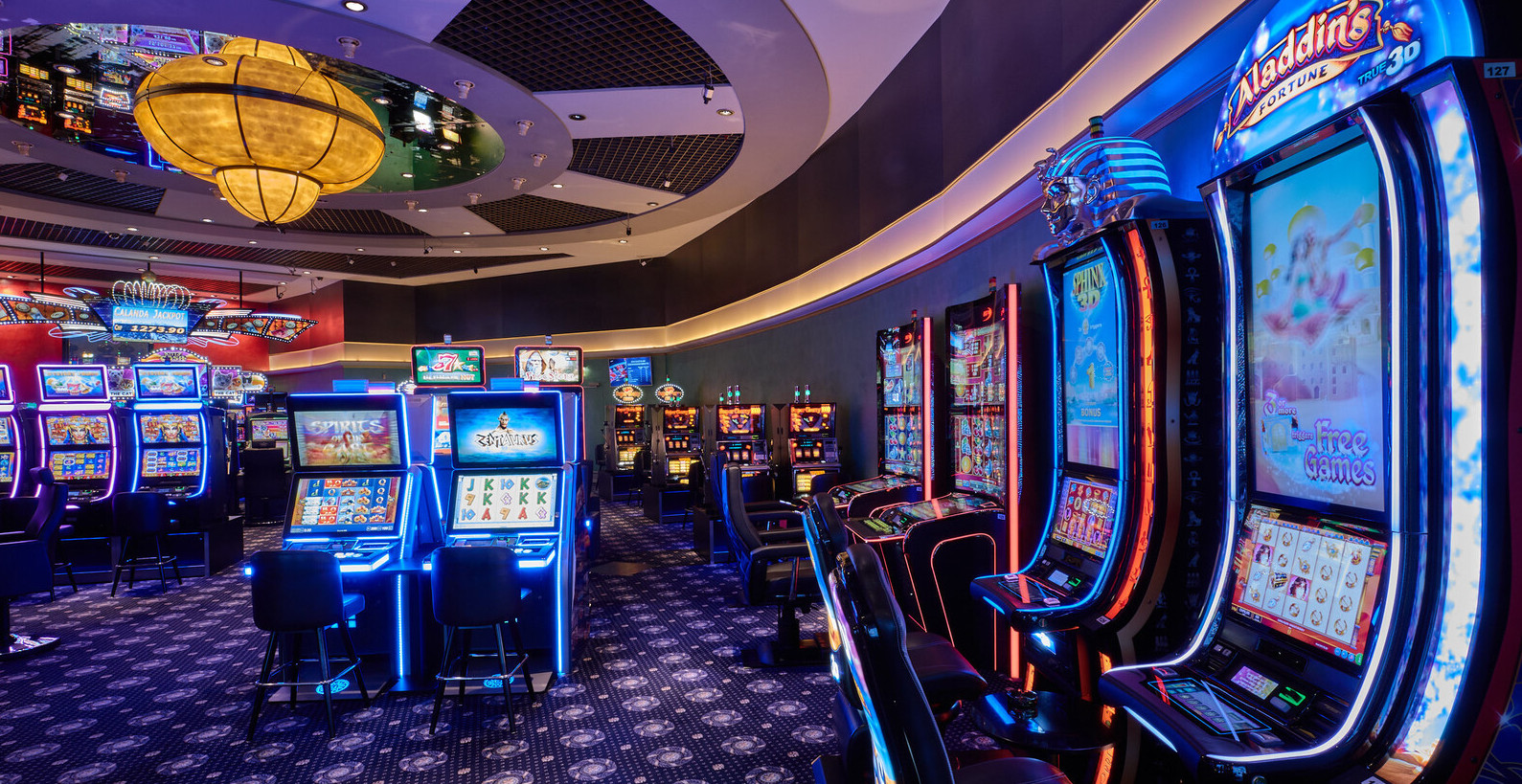
Within a dynamic and stimulating world of gaming establishments, where luck and tactics intertwine, color and design play a pivotal role in attracting players. As soon as players step into a casino or log into a gaming platform, they are immersed in a visual feast that captures their attention and entices them to explore more. 78win Vivid colors, captivating graphics, and creative layouts are carefully crafted to create an atmosphere of excitement and anticipation, ultimately enhancing the gaming experience.
While gamblers navigate through the dynamic landscape of casino games, they come across a range of designs that not only serve aesthetic purposes but also affect emotions and decision-making. Colors like scarlet and yellow symbolize riches and luck, while soothing navy and greens can create a more tranquil environment. Grasping how these elements work together allows casinos to create an inviting and stimulating atmosphere that encourages players to engage with the games, spend additional time at the tables, and increase their overall enjoyment.
The Science of Tint in Gaming Establishments
Tint plays a crucial role in the creation of gaming experiences, affecting players’ feelings and responses. Bright and bold hues, such as crimson and gold, are often used to ignite thrill and capture focus. These colors create a feeling urgency and energy, encouraging players to participate more enthusiastically with the game. Game Bài 78WIN By thoughtfully selecting tints, creators aim to evoke emotions of pleasure and expectation, which can enhance the total gaming experience.
Distinct shades also have psychological associations that can influence how participants perceive their possibilities of success. For example, green is often associated with fortune and wealth, making it a frequent choice in games like the roulette wheel and poker tables. This association can cause players to feel more optimistic and confident in their play, ultimately encouraging them to wager more. Comprehending these associations allows game creators to craft environments that enhance player satisfaction and engagement.
Moreover, the layout of casino game interfaces often employs color gradients and differing hues to instruct players’ responses. For case, winning combinations may be highlighted with bright, opposing hues, creating a visual cue. This method supports favorable outcomes and supports repeated engagement. By exploiting color psychology, gambling establishments can develop games that not only attract participants but also maintain them involved and committed in their play experience.
Design Features that Attract Gamers
The aesthetic appeal of gambling games is largely influenced by the use of vibrant colors. Lively and contrasting colors are deliberately chosen to create an inviting atmosphere that captures interest. For instance, reds and golds often signify luck and wealth, which is why they are prevalent in the color schemes of slot machines and table surfaces. These colors not only attract players in, but they also stir emotions related to excitement and anticipation, enhancing the total gaming experience.
In addition to color, the design and organization of gambling games play a crucial role in captivating players. Games are designed to be intuitive, ensuring that players can quickly understand the rules and gameplay. Accessible interfaces, along with engaging graphics and animations, help maintain gamer interest and encourage extended play sessions. The physical elements, such as the texture of the buttons and the sounds of the games, also contribute to a holistic sensory experience that keeps players immersed.
Finally, conceptual elements in gaming design can greatly influence gaming decisions. Many gambling games are inspired by popular culture, fairy tales, or exploration motifs, featuring symbols and characters that resonate with players. These themes create a sense of immersion and connection, making each game feel distinct. When players feel a bond to the theme, they are more likely to choose that game over others, leading to higher participation and excitement within the gambling environment.
Case Studies: Effective Gambling Slot Designs
One noteworthy example of effective gambling game design is the acclaimed slot machine series based around popular movies. Games such as those based on the The Wizard of Oz and Game of Thrones utilize vibrant colors and high-quality graphics to enthrall players in well-known narratives. The employment of dynamic visuals and entertaining sound effects takes the focus of players, establishing an psychological connection to the theme. This tactic merely promotes longer play but also improves the overall gaming experience, yielding increased player retention.
Another successful case is the application of color psychology in table games like blackjack and the wheel. Casinos often design these games with deep reds and greens, colors traditionally associated with luck and wealth. For instance, the green felt on a blackjack table provides a calming effect, while the crimson accents in the wheel invite excitement. This thoughtful use of color helps to foster an inviting atmosphere that stimulates players to engage, fulfilling their psychological impulses and boosting their enjoyment.
Finally, social casino games that incorporate social features and lively, colorful designs have experienced remarkable success in engaging players. Games like Zynga Poker and Slot-O-Mania leverage striking colors and playful animations to create an inviting online environment. The integration of leaderboards, social sharing options, and in-app rewards promotes competition and community, drawing players in for longer sessions. Such designs merely make the games visually appealing but also emphasize community engagement, a key factor in player retention and engagement within online casino environments.